Cyril Zammit, the director of Design Days Dubai, talks with Mandi Keighran about collectible design in the Middle East and the changing face of design in Dubai.
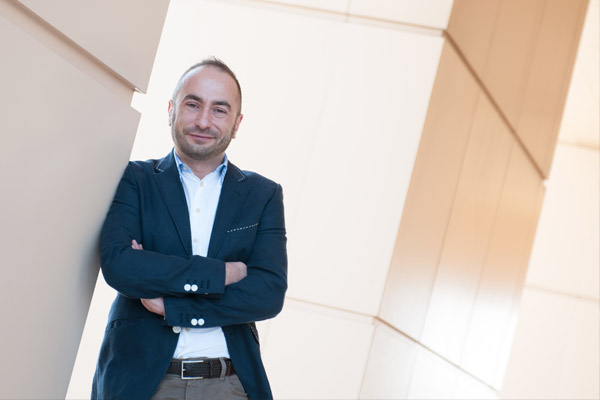
March 17th, 2014
Cyril Zammit is the man responsible for bringing collectible design to the Middle East, and a key player in fostering Dubai’s fast-emerging design scene. Born in Paris, Zammit started his career in Prague, before moving to London and then Switzerland, working on sponsorship for Art Basel and Art Basel Miami Beach. In 2009, he moved to Abu Dhabi, where he joined the cultural department of Tourism Development & Investment Company (TDIC), and his interest in contemporary design in the Middle East region began to develop.
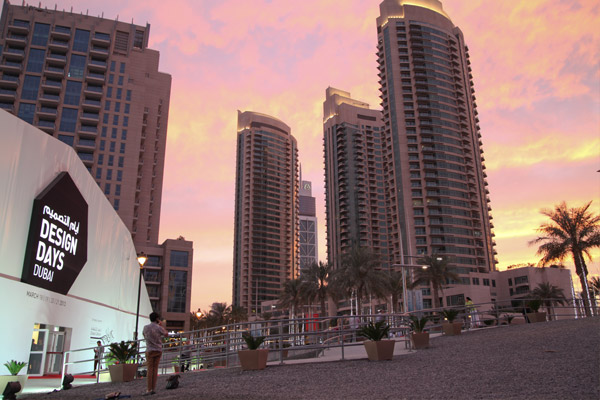 Design Days Dubai 2013 – Outdoor view of the tent, Downtown Dubai
Design Days Dubai 2013 – Outdoor view of the tent, Downtown Dubai
In 2011, following the success of Art Dubai – a fair dedicated to collectible art in the region – Zammit was approached by the fair’s co-founder Ben Floyd. Floyd wanted to start a fair dedicated to design – the first of its kind in the Middle East and South Asia – and Design Days Dubai was born. “He really wanted to open the door to collectible design in this region, and thought the moment was right,” says Zammit.
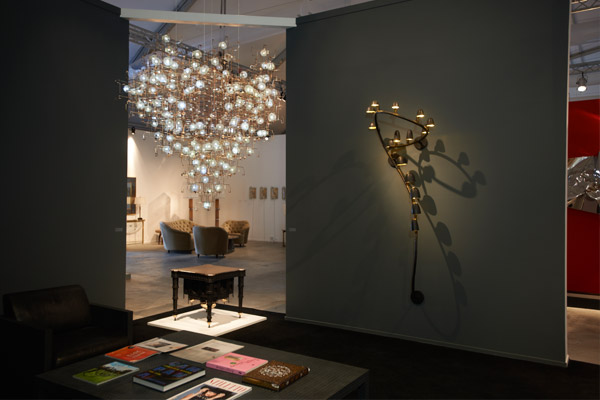 Design Days Dubai 2013 – Carpenters Workshop Gallery, London & Paris
Design Days Dubai 2013 – Carpenters Workshop Gallery, London & Paris
Heading into its third year this month, the event is largely responsible for the increasing appreciation and understanding of design in the region. “Dubai is such an international hub and people have financial means, so collectible design fits perfectly into the scheme of things,” says Zammit. “Of course it takes time, as there are very few collectors, in the European sense, here. But, once the story behind the design is explained, there is a great appreciation.”
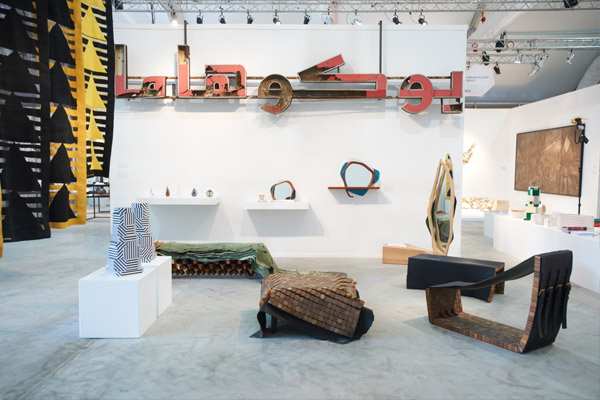 Design Days Dubai 2013 – Carwan Gallery, Beirut
Design Days Dubai 2013 – Carwan Gallery, Beirut
Design Days Dubai has also brought a new Middle Eastern design aesthetic to an international audience, and many of the workshops run during the week aim to foster local creativity. “When you look at the work of Khalid Shafar or Aljoud Lootah, it is very strongly anchored to the culture here,” says Zammit, in reference to two trailblazing designers from Dubai. “It finally gives a contemporary approach to something that has been repeated for several centuries.”
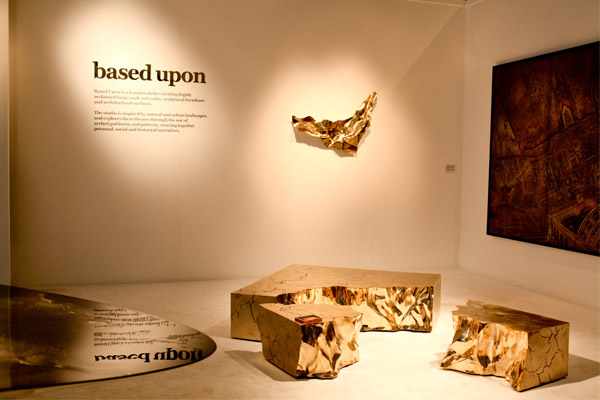
Design Days Dubai 2013 – Based Upon, London
That’s not to say that the contemporary design in the region shouldn’t look to the past. “A lot of people don’t believe this country has history,” says Zammit. “But that’s not true. It is important that this history doesn’t disappear, and it is important that craft traditions are addressed by designers.”
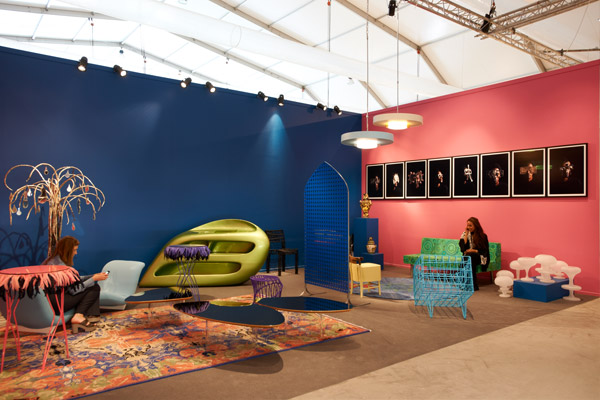 Design Days Dubai 2013 – Perimeter Art & Design, Paris & London
Design Days Dubai 2013 – Perimeter Art & Design, Paris & London
Beyond promoting local designers, Zammit’s ambition is for the event to reflect the city of Dubai and the UAE and help to establish not only a design industry, but a design manufacturing industry. “This country has all the production it needs here,” he says. “Of course, these industries are not used to doing bespoke pieces, but it will happen. If it doesn’t and a neighbouring country [creates an established design industry] ahead of us, we will have missed a huge opportunity.”
Design Days Dubai is runs from the 17th to the 21st March 2014.
designdaysdubai.ae
Mandi Keighran is a freelance design writer, based in London, and Editor-at-large for Indesign.
A searchable and comprehensive guide for specifying leading products and their suppliers
Keep up to date with the latest and greatest from our industry BFF's!

BLANCOCULINA-S II Sensor promotes water efficiency and reduces waste, representing a leap forward in faucet technology.

Within the intimate confines of compact living, where space is at a premium, efficiency is critical and dining out often trumps home cooking, Gaggenau’s 400 Series Culinary Drawer proves that limited space can, in fact, unlock unlimited culinary possibilities.

In this candid interview, the culinary mastermind behind Singapore’s Nouri and Appetite talks about food as an act of human connection that transcends borders and accolades, the crucial role of technology in preserving its unifying power, and finding a kindred spirit in Gaggenau’s reverence for tradition and relentless pursuit of innovation.

Bringing the adventurous spirit back into design, Remodern puts the emphasis on design that is rich in storytelling and unhindered in experimentation. We chat with founder and director, Jen Schilbach.
An exhibition by RMIT students explores the development of Hobart’s waterfront.
The internet never sleeps! Here's the stuff you might have missed

The $160 million transformation of 500 Bourke Street in Melbourne’s CBD has revitalised a 1970s Brutalist icon, originally designed by Godfrey & Spowers.

Blooms the Chemist by Tom Mark Henry defies the traditional pharmacy aesthetic by stepping away from the sterile landscapes of pharmacies.